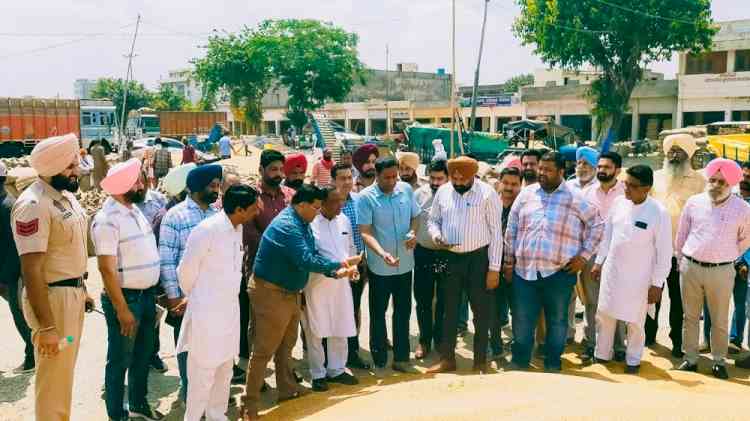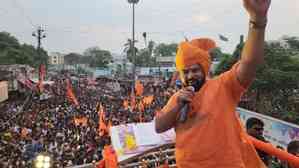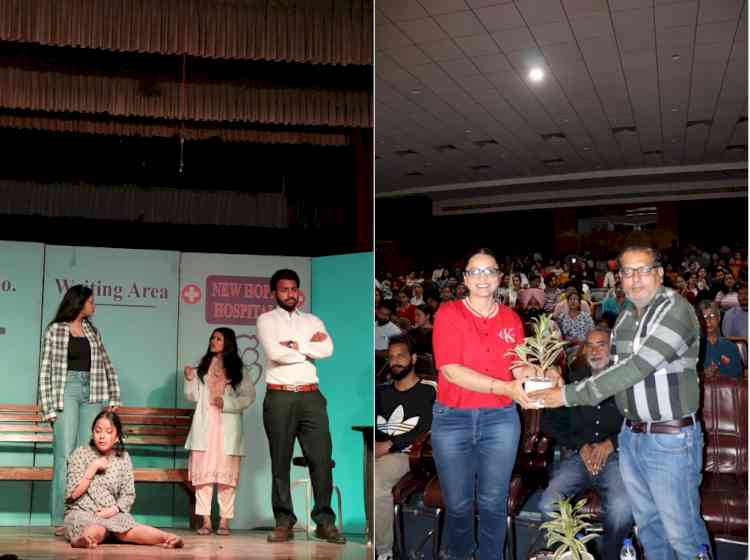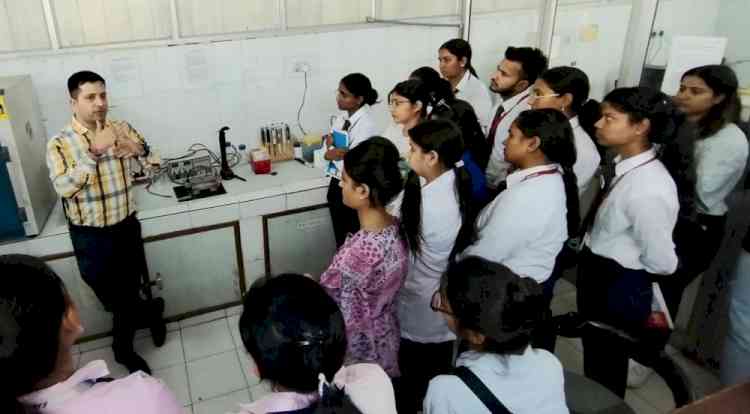Digital Payments increase by a whopping 55 per cent in 2016-17
Author(s): City Air NewsNITI Aayog’s booklet on Measurement of Digital Payments – Trends, Issues and Challenges unveiled NEW DELHI, July 3, 2017: The RBI data shows that the volume of digital payments has recorded a CAGR of 28 per cent...

NITI Aayog’s booklet on Measurement of Digital Payments – Trends, Issues and Challenges unveiled
NEW DELHI, July 3, 2017: The RBI data shows that the volume of digital payments has recorded a CAGR of 28 per cent during the five year period ending 2015-16. In contrast, the increase has been a whopping 55 per cent in 2016-17, according to an analysis and evaluation of the current digital payments landscape in the country as captured by NITI Aayog. Further, the value of overall payments was around 13 to 14 times of GDP during the five-year period. In contrast, the outstanding stock of currency in circulation, which hovered around 12% of GDP during 2011-12 to 2015-16, declined to 8.8% during 2016-17, reflecting the impact of demonetisation partially offset by the ongoing re-monetisation process.
This trend was shared by Mr. Ratan P Watal, Principal Advisor, NITI Aayog and Former Finance Secretary, while unveiling the booklet on ‘Measurement of Digital Payments – Trends, Issues and Challenges’ prepared by NITI Aayog.
Addressing a seminar on ‘Digital Payments - Trends, Issues & Challenges’ organised by FICCI in collaboration with NITI Aayog, Mr. Watal said that the retail payments segment accounted for as much as 98 to 99% of total volumes. Of this, the share of paper clearing which formed over half the total volume in 2011-12, steadily dropped to 16% in 2015 -16 and further to 11% in
2016-17 with a corresponding increase in the combined share of electronic clearing and cards.
He said that these figures are truly reflective of the fact that India today stands at the cusp of a digital payments revolution through rapid penetration of digital payments infrastructure across the length and breadth of the country. Due to innovations in digital payment technologies and increasing consumer satisfaction, the growth trends in digital payments are positive and will continue to dominate the payments landscape in India. This dispels the doubts raised by some commentators regarding the growth of Digital Payments, subsequent to demonetization.
Mr. Watal said that for instance, in an article published in the Indian Express it was claimed that the surge in digital payments, post demonetization was temporary as cash was not readily available. Once cash was available, the surge in Digital Payments tapered off. RBI data was used to substantiate this hypothesis.
He said that it is to be noted that that this data was based on RBI figures capturing just a few select payment system indicators only and includes Card transactions of only 4 major banks and PPI transaction of only 8 major non-bank entities for goods and services only. The data therefore referred to a subset of the entire spectrum of Digital Payments. Hence the conclusion that was drawn may not have given the true picture.
Mr. Watal said that NITI Aayog’s analysis based on a more comprehensive analysis of digital payments growth drivers, the growth in Digital payments in 2016-17 was 55% in volume terms and 24.2% in value terms. In April 2017, there has been again a significant growth in digital payments as compared to April 2016. These findings run counter to what was projected in the
article that I referred to. The content of the handbook is about this viewpoint.
He said that NITI Aayog’s analysis dispels all doubts in the mind of keen observers of Digital Payments that the growth trajectory of Digital payments in the country continues unabated.
Demonetization helped to push the graph of Digital mode of transactions upwards. The substance of this initiative of the Government is that technology will ultimately drive consumer behavior in switching from “cash to card.” And now the new GST code will add to this momentum too.
The handbook recommends that the digital payments data should be disseminated at a disaggregated level. Currently data on digital payments is available only at an aggregate level, thus making it difficult to analyze the growth and effectiveness of individual digital payment technologies. We have proposed a classification for disaggregation - according to service provider, payment instruments, payment destination, user, value, area, etc. The NITI Aayog is working with the RBI towards data dissemination is such a metric format. Going forward, this is indeed a challenge but this will be extremely useful in policy making and analysis, Mr. Watal added.
Speaking about the government’s plan to reach 25 billion digital transactions by March 2018, Mr. A.P. Hota, Managing Director & CEO, National Payments Corporation of India, said that it was necessary that banks issue debit cards to their un-carded customers; enhancement of acceptance infrastructure i.e. deployment of POS, mPOS, Aadhaar Pay, QR code, Micro ATM; all customers to be enabled for internet banking; all customers to be enabled for mobile banking; Aadhaar seeding should be mandatory; dis-incentivize cash base transactions and incentivize electronic transactions and creating awareness about digital payments.
Mr. Virat Bhatia, Chairman, FICCI Committee on ICT & Digital Economy and President-IEA, South Asia, AT&T Communication Services India Pvt Ltd., said that India’s digital payment system has been evolving robustly, spurred by developments in information and communication technology. There are three trends that are shaping the future of the digital payment space in India. First, is the rapid growth of the more nimble Fintech players that are working to deliver services in a manner never seen before. Second, the experience of customers in other industries be it e-commerce, healthcare, education or transportation is
improving at such a fast pace that they are now expecting similar delivery and interface even in the payment industry. Third, is the push government is giving to digital economy in the country and which itself is inducing a change in consumer behaviour and making customers ask for more convenience for their payments.
Mr. Sudhakar Ramasubramanian, Co-Chairman, FICCI Committee on Fintech & MD and CEO, Aditya Birla Idea Payments Bank Ltd., said that though people had bank accounts, they still engaged in cash transactions but demonetization accelerated the pace of digital payments. The government, industry and stakeholders for the first time had come together for the same
cause. With some standardization in the systems, he added that technology and available solutions could help in creating the last mile connectivity and bringing customers on board digital payments.

 cityairnews
cityairnews 
















